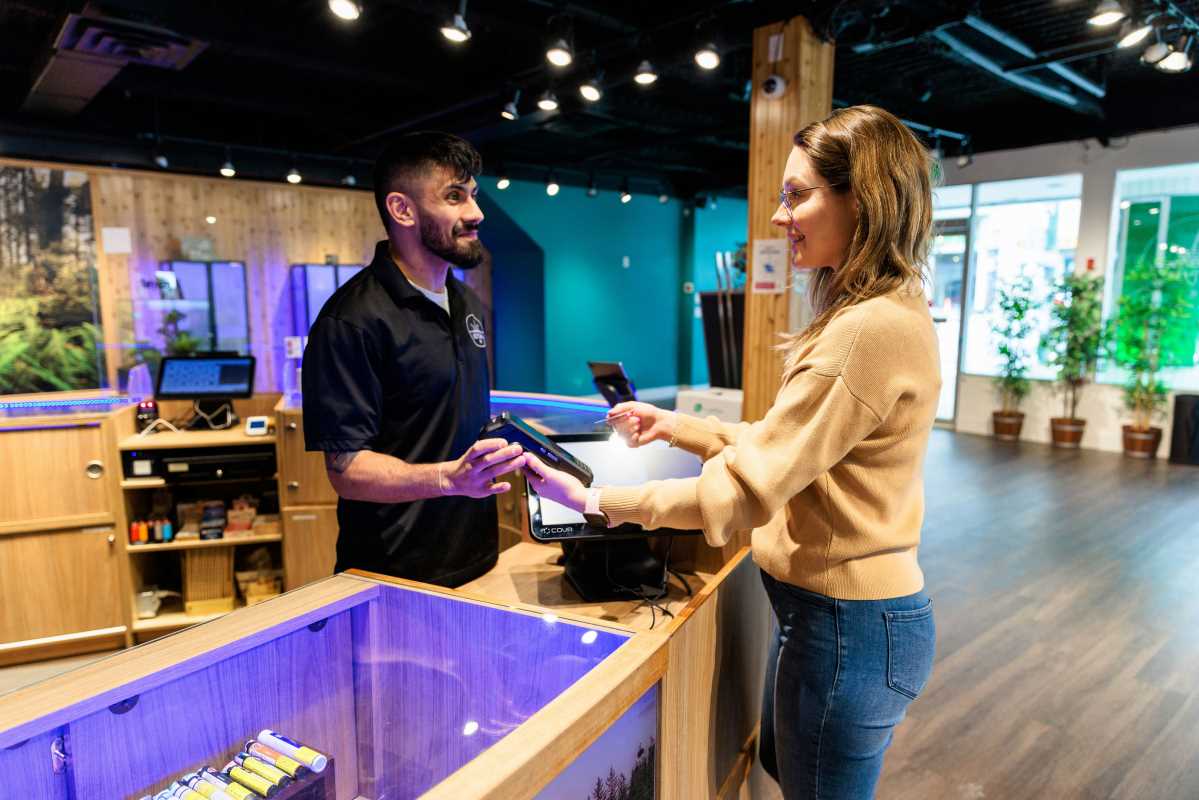The retail landscape is undergoing significant transformations as businesses adapt to the ever-changing needs and preferences of consumers. From technological advancements to shifting consumer behaviors, several key trends are shaping the future of retail. This article explores these trends, highlighting how they influence retail strategies and operations.
1. The Rise of E-Commerce
E-commerce has become a dominant force in the retail sector, accelerated by the COVID-19 pandemic. Consumers are increasingly turning to online shopping for convenience, variety, and competitive pricing. This trend is expected to continue growing as more businesses invest in their online platforms.
- Enhanced User Experience: Retailers are focusing on creating seamless and user-friendly online shopping experiences. This includes optimizing websites for mobile devices, implementing easy navigation, and ensuring fast loading times. Brands like Amazon have set the standard for e-commerce excellence by offering personalized recommendations and a streamlined checkout process.
- Omnichannel Strategies: Successful retailers are adopting omnichannel approaches that integrate online and offline shopping experiences. This allows customers to browse products online and choose between home delivery or in-store pickup. Brands like Target and Walmart have effectively blended their online and physical presence to meet consumer preferences.
2. Personalization and Customization
Consumers increasingly expect personalized experiences tailored to their preferences and behaviors. Retailers are leveraging data analytics and artificial intelligence (AI) to deliver customized products, recommendations, and marketing messages.
- Data-Driven Insights: Retailers collect and analyze vast amounts of data from customer interactions to gain insights into shopping behaviors and preferences. This enables them to offer personalized product recommendations, discounts, and content. For instance, fashion retailers like ASOS use customer data to suggest clothing items based on previous purchases and browsing history.
- Product Customization: Some retailers are offering customization options, allowing customers to personalize products to their liking. Brands like Nike and Converse provide platforms where customers can design their shoes, enhancing customer engagement and loyalty.
3. Sustainability and Ethical Practices
As consumers become more environmentally conscious, sustainability has emerged as a significant trend in retail. Shoppers are increasingly seeking brands that prioritize eco-friendly practices and ethical sourcing.
- Eco-Friendly Products: Retailers are responding to consumer demand by offering sustainable products made from recycled or organic materials. Brands like Patagonia and Allbirds have built their reputations on environmental responsibility, attracting eco-conscious consumers.
- Transparency and Ethical Sourcing: Consumers want to know where their products come from and the impact of their purchases. Retailers are adopting transparency measures by sharing information about their supply chains and sourcing practices. This builds trust and aligns with consumers’ values.
4. The Influence of Social Media
Social media has transformed the way consumers discover, engage with, and purchase products. Retailers are leveraging social media platforms to enhance brand visibility and drive sales.
- Social Commerce: Social media platforms like Instagram, Facebook, and TikTok are increasingly incorporating shopping features that allow users to purchase products directly from their feeds. This trend is creating a new avenue for retailers to reach consumers where they spend a significant amount of time.
- Influencer Marketing: Collaborating with influencers has become a popular strategy for brands to promote their products authentically. Influencers have the power to reach niche audiences and create engaging content that resonates with their followers. Brands like Gymshark and Fashion Nova have successfully leveraged influencer partnerships to drive sales and brand awareness.
5. Augmented Reality (AR) and Virtual Reality (VR)
AR and VR technologies are changing the way consumers shop, providing immersive experiences that enhance product engagement.
- Virtual Try-Ons: Retailers in the fashion and beauty industries are utilizing AR to allow customers to virtually try on products before purchasing. Brands like Warby Parker offer virtual glasses try-ons, helping customers make informed buying decisions and reducing return rates.
- Enhanced Shopping Experiences: VR technology is being used to create virtual storefronts where customers can explore products in a 3D environment. For example, IKEA has developed an AR app that enables customers to visualize furniture in their homes, enhancing the shopping experience.
6. Subscription Services and Membership Models
Subscription services and membership models are gaining popularity as retailers seek to create recurring revenue streams and foster customer loyalty.
- Convenience and Value: Subscription boxes offer consumers convenience by delivering curated products directly to their doorsteps. Retailers like Birchbox and Dollar Shave Club have successfully implemented subscription models, providing value through personalization and discovery.
- Membership Benefits: Brands are introducing membership programs that provide exclusive perks, such as discounts, early access to sales, and personalized experiences. Amazon Prime is a prime example, offering members free shipping, streaming services, and exclusive deals.
7. Enhanced In-Store Experiences
While e-commerce continues to grow, physical retail locations are evolving to provide unique experiences that cannot be replicated online.
- Experiential Retail: Retailers are creating immersive in-store experiences that engage customers and encourage them to explore products. Brands like Apple have redefined the retail experience by designing stores that focus on product interaction and customer engagement.
- Community Engagement: Retailers are fostering a sense of community by hosting events, workshops, or classes in their stores. This approach not only drives foot traffic but also strengthens customer relationships. Brands like Lululemon have successfully created community-centric experiences through fitness classes and events.
8. Automation and Technology Integration
Automation and technology are transforming retail operations, enhancing efficiency, and improving customer experiences.
- Inventory Management: Retailers are utilizing automated inventory management systems to track stock levels in real-time. This helps prevent stockouts and overstock situations, ultimately reducing costs and improving profitability.
- Chatbots and Customer Support: AI-powered chatbots are increasingly being used to provide instant customer support and assistance. These tools can answer common inquiries, guide users through the purchasing process, and enhance overall customer satisfaction.
9. Mobile Shopping and Payment Solutions
With the proliferation of smartphones, mobile shopping is becoming a significant driver of retail sales. Retailers are optimizing their websites and apps for mobile users to enhance the shopping experience.
- Mobile-Friendly Websites: Ensuring that your website is mobile-responsive is crucial for capturing mobile shoppers. Retailers should prioritize fast loading times, easy navigation, and streamlined checkout processes for mobile users.
- Mobile Payment Options: The rise of mobile wallets and payment solutions, such as Apple Pay and Google Pay, has made transactions easier for consumers. Offering multiple payment options enhances convenience and encourages conversions.
10. Globalization and Market Expansion
As the internet connects consumers worldwide, retailers are exploring opportunities for global market expansion. This trend presents both challenges and opportunities for businesses.
- Cross-Border E-Commerce: Retailers can now reach international customers more easily than ever. However, they must navigate complex regulations, shipping logistics, and payment processing in different countries. Brands like ASOS and Zappos have successfully tapped into global markets by offering localized shopping experiences.
- Cultural Sensitivity: When expanding into new markets, retailers must be culturally sensitive and adapt their marketing strategies accordingly. Understanding local customs and preferences is essential for building trust and connecting with consumers.
The future of retail is shaped by a multitude of trends that reflect changing consumer behaviors, technological advancements, and societal values. Retailers must adapt to these trends to remain competitive and thrive in an increasingly complex landscape. By embracing e-commerce, personalization, sustainability, and innovative technologies, businesses can create engaging experiences that resonate with consumers and drive long-term success. As the retail environment continues to evolve, staying attuned to these trends will be essential for navigating the challenges and opportunities that lie ahead.







